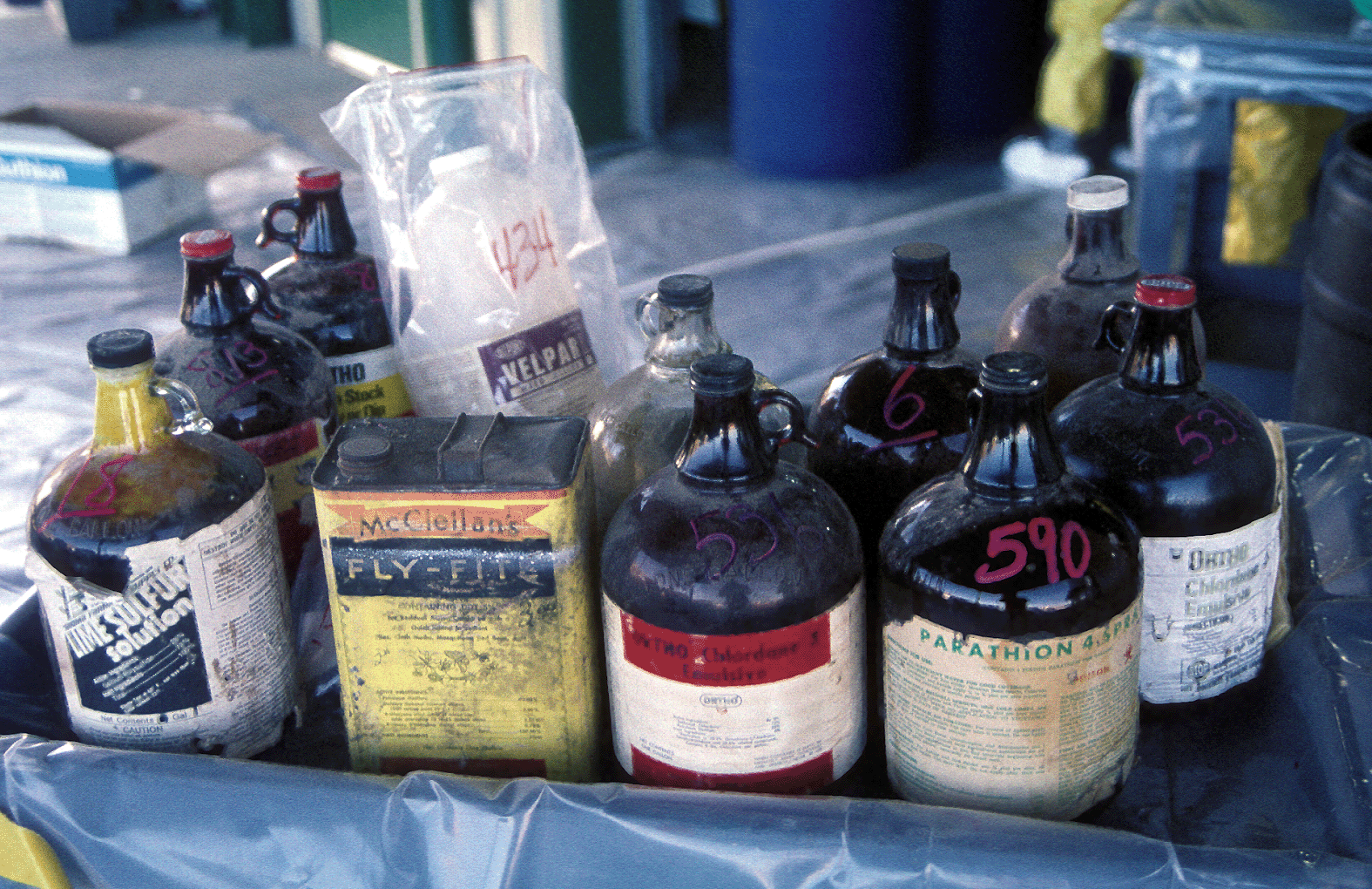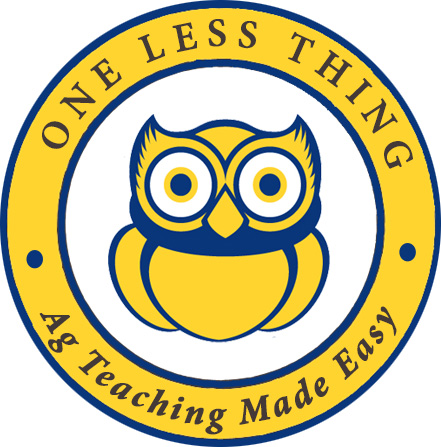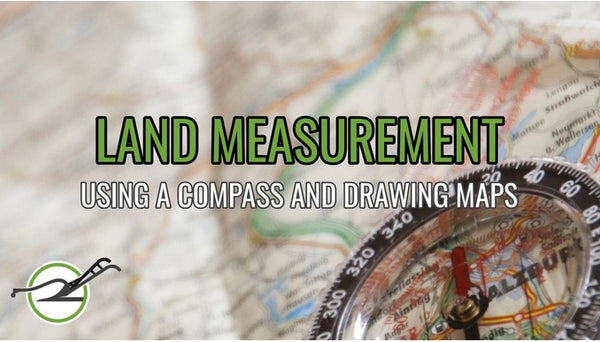Ag Ed Lesson: Herbicide Labels and What They Mean

It's a lesson that just doesn't get you excited, I understand. Reading a herbicide label isn't quite as exciting as reading National Geographic but many Ag related jobs require us to do just that. The Quality Deer Management Association created a short article on what each part of the label means. At the very least it can be a quick reference for you when you are in a pinch, but you can also have another perspective on the topic and perhaps provide a new way to explain herbicide labels to your students.
Student question: I won't ever use herbicides, can we talk about deer?
You may not use herbicides in your lifetime, it's doubtful but just in case, the odds are you will use some type of pesticide. Bug spray, Roundup (wait that's a herbicide), pool cleaner (algicide), rat killer (rodenticide) and plus many others make up quite a list of common household products that fall under the pesticide category. Many adults use these products daily without reading the dangers including using certain types of bug spray inside when they are labeled only for outdoor use. Why only use it outside? The product may leave a residue you don't won't on cooking or eating surfaces. It may produce a fine mist that requires winds to disperse. It may displace oxygen and cause breathing problems.
Student question: Those guidelines are just there to protect the company, those things really don't happen to people do they?
Often, if a product is used off label (not following the label restrictions) the user doesn't seem to experience any side effects. However, many of these products can collect on surfaces and in your blood stream. Sun, wind, rain, and exposure to our outdoor environment often neutralize these chemicals quickly. However, indoor surfaces will harbor these chemicals longer. Over time these chemicals can build up to toxic levels that will cause damage to your body just through your casual contact in your home to this chemical residue. These labels area designed to get you in the habit of using them correctly so that long term exposure is limited.
Teacher questions: How can I use this article in class?
Plant science, forestry, animal science, wildlife management, vet science, and food science are just some of the subjects that need to at least briefly cover reading a pesticide label. Understanding how to handle, mix, and use the products safely may not be a skill all the students need for their future jobs, but as a consumer they need to use them safely in order to keep their friends and family safe as well.
Class Activity: More Is Better Activity
You'll need some Glyphosate, marking stakes or flags, and some spray bottles for this activity. Read the labels carefully and follow the instructions to make a correctly mixed batch of glyphosate herbicide (1x). Make a second batch that is double (2x) the concentration, and a third batch that is quadruple (4x) the normal concentration. Break into groups (1 bottle per group) and locate a series of weeds around your class, lab, shop, greenhouse...Preferably find the same species of weed for each spray. Also, read the label to make sure the Glyphosate is effective on the weed you are spraying. Flag or otherwise mark the offending weeds as they are sprayed (each group should have a unique mark identify the concentration of the spray used). Every few days the students should check the progress of the herbicide. Take pictures for added emphasis of weed death.
Also, at the time of spraying the weeds, pot up a series of small cups or pots with growing medium. Divide the pots among the groups (1x, 2x, and 4x). Each group should have at least 3 pots but additional pots would be better. Now each group will spray the soil of their pots with the herbicide. Then plant 1 lima bean in a single pot (gloves please). 3 days later plant another lima bean an the empty pot, finally on day 7 plant a lima bean in the remaining empty pot. Why wait? Many herbicides have a withdrawal period that limits regrowth of plants. Now watch and see if the seeds will germinate. Did the regular concentration (1x) work appropriately for the weeds and the germination? Can your students guess if the higher concentrations will work better the same or worse?
We hope you enjoyed this activity.
Remember, We sell stuff too! Come see us at www.OneLessThing.net
Please ask questions or let us know how you used this idea for your class. I would really like your perspective. Come find us on Facebook, Pinterest, and Twitter and now Snapchat (oltaged). You can also contact me at brian@onelessthing.net.
Guide to Pesticide Label Terms



